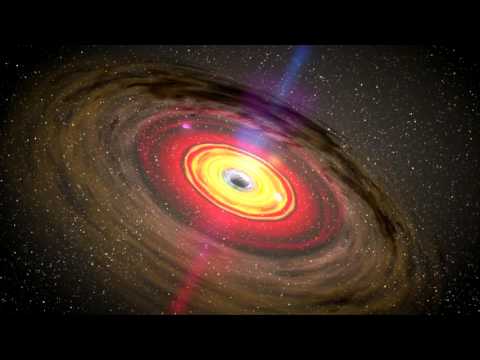Solar System Exploration: Past, Present, and Future
The exploration of our solar system has been a fascinating journey that has spanned centuries. From the early observations of the planets and stars by ancient civilizations to the incredible feats of modern space exploration, humanity has always been intrigued by the mysteries of the cosmos.
In the past, the exploration of our solar system was limited to ground-based telescopes and the occasional flyby missions of spacecraft. The invention of the telescope in the 17th century allowed astronomers to observe the planets in more detail, leading to groundbreaking discoveries such as the moons of Jupiter and the rings of Saturn. However, it wasn’t until the mid-20th century that we began sending spacecraft to explore our celestial neighbors up close.
The first successful mission to another planet was the Mariner 2 spacecraft, which flew by Venus in 1962. This marked the beginning of a new era of space exploration, with subsequent missions to Mars, Jupiter, and beyond. The Voyager spacecraft, launched in the late 1970s, provided stunning images and data of the outer planets and their moons, revolutionizing our understanding of the solar system.
In the present day, we have a fleet of spacecraft exploring our solar system like never before. NASA’s Curiosity rover has been exploring the surface of Mars since 2012, uncovering evidence of ancient water and potentially habitable environments. The Juno spacecraft is currently studying Jupiter’s atmosphere, while the Cassini spacecraft provided us with unprecedented views of Saturn before its mission ended in 2017.
Looking to the future, there are many exciting missions planned that will further our understanding of our solar system. NASA’s Perseverance rover is set to land on Mars in 2021, with the goal of collecting samples that could one day be returned to Earth for analysis. The Europa Clipper mission will explore Jupiter’s moon Europa, which is believed to have a subsurface ocean that could harbor life. And the James Webb Space Telescope, set to launch in 2021, will revolutionize our observations of distant planets and stars.
In conclusion, the exploration of our solar system has come a long way since the early days of astronomy. With each new mission and discovery, we are continually expanding our knowledge of the cosmos and pushing the boundaries of what is possible. As we look to the future, the possibilities for exploration and discovery are endless, and the mysteries of our solar system are waiting to be unlocked.













